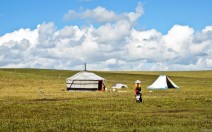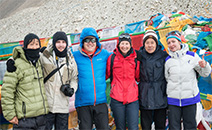Hiking or trekking is one of the popular outdoor activities in Himalayan region especially in Tibet and Nepal. There are many hiking and trekking routes in these region and thousands of hikkers and trekker from all over the world aim to put their feet in the mountains in Himalaya. However if you are a beginners and want to do hike or trek in Tibet and Nepal, it is important to know your physical condition and the environment of the place you are going to hike or trek.
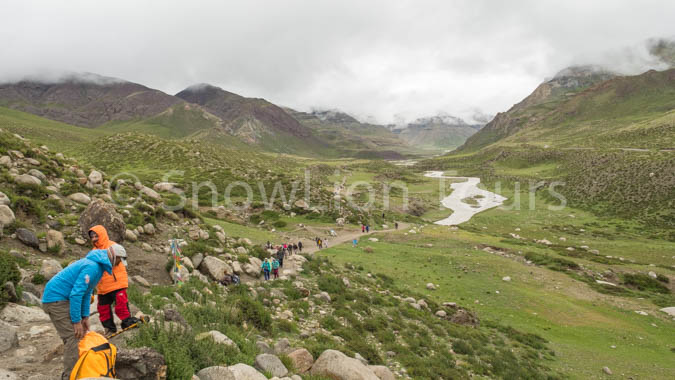
Mount Kailash Trekking route
Most Himalayan hiking and trekking routes are undertaking in altitude of at least 3000m / 9840ft above sea level. In fact, the famous trekking routes such as Mount Kailash Trek, Mt.Everest Trek, Annapurna.etc. are above 4000m / 13123ft. So it is important to well prepared with both physically and mentally.
Before you start your trip to hike and trek in Tibet and Nepal, some hiking and trekking exercises are strongly recommended. For this, you should make sure your body is ready for the challenge. Proper pretrip training will not only make your hike more enjoyable, but it can also protect your against injures. These benefits apply whether you’re a beginner preparing for your first hike, or a veteran attempting a more ambitions trip.
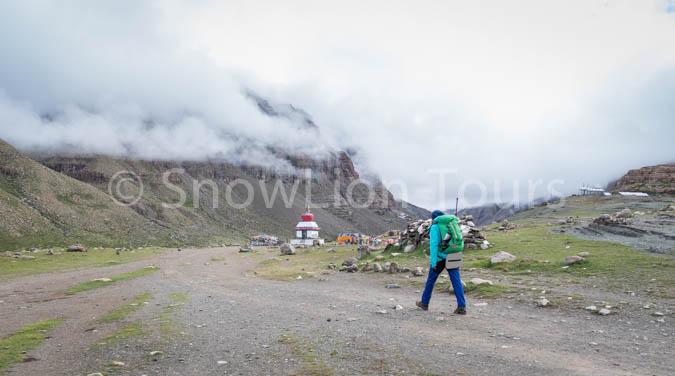
Tibet Trekking guide
First things First
Before you begin any training schedule, you need to make sure that your body is healthy enough to hike. Stressing your body beyond tits limits can actually put you at greatest risk.
Tell your doctor when you start training your body for trekking and hiking in the Himalayas. He or she can encourage you and give you advice. You should also ask your doctor for a physical exam before undertaking any intensive training programs or hikes, especially if you’re over the age of 40 or have a history of heart or other health problems. Doctor can do a stress test to discover heart conditions or abnormalities. You should also identify and resolve other ailments like flat feet, allergies, or vertigo before you begin to hike or trek.
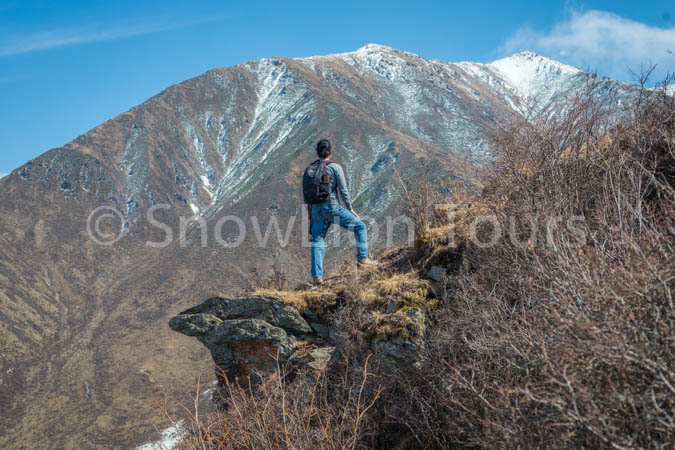
Tibet and Nepal Trekking guide
Basic Training
The easiest way to train for a hike is to add exercise to your everyday routine, if fitness feels like a natural process, you won’t even realize that you’re working out. If you want to be a better hiker, your goal should be to condition your body to withstand the physical demands of multiple trail miles. Since all hiking and trekking is just a variation on walking– the best approach is to increase the number of miles you walk each day
To increase your daily walking mileage, start by incorporating some of the following activities into your schedule for 20 to 30 minutes a day, three times a week:
Take your dog for a walk instead of to doggy daycare or a dog park.
Run errands on foot instead of driving
Take a walk during your lunch break or after dinner.
Opt for the stairs instead of an escalator or elevator.
Turn the lawn mower’s self-propelling drive off when you cut the lawn.
Exit the subway or bus one stop early and walk the remaining.
Deliberately park far away from the shopping center or grocery.
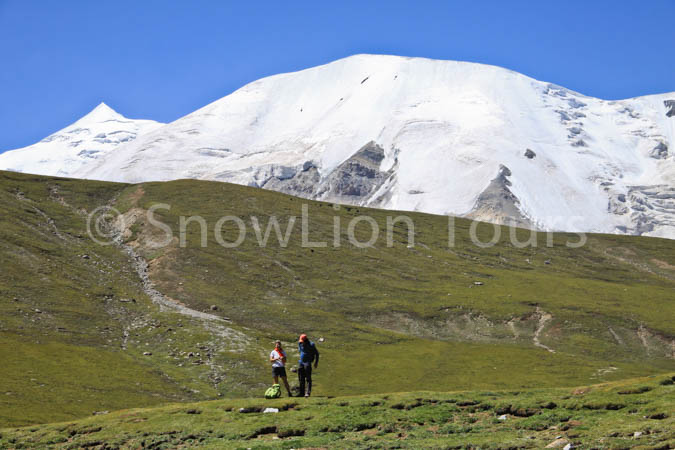
Mount Amnye Machen Trekking Route in Amdo Tibet
Training at The Gym
While strength training isn’t necessary to become a better hiker, resistance workouts can help you develop specific muscles and joints. However, since hiking requires endurance and flexibility rather than bulk and strength, pumping iron is not the way to get in shape. That reality will be a disappointment for guys, who like to bulk up their arms and chest. Those muscle won’t help you on the trail–unless you need to have a few boulders out of the path. Instead, you should focus on the muscle groups that propel you down the trail and carry your load–mainly your lower body and your back.

Tibet Trekking guide
You Lower Body
Your hamstrings, quadriceps, and gluts– the major muscles in your legs –are often the limiting factor in how many miles you can hike. Strong legs will help you tackle significant elevation gains, a heavy pack load, or long-mileage days. Try these three lower-body exercises to give your legs a lift: Stair – climber; Walking lungs; Box jumps.
Your Back
Everything is connected to your back.If you’ve ever pulled or, you know what that means. The muscles in your torso are your body’s central pivot for walking, lifting, scrambling, jumping, and almost every kind of motion. For hikers, these muscles also keep a backpack fixed to your body and help you stay balanced on steep trails. Practicing these three exercises will give your body a strong foundation for all of your on- trail movements: Shoulder shrugs; Rowing machine; Back extensions.
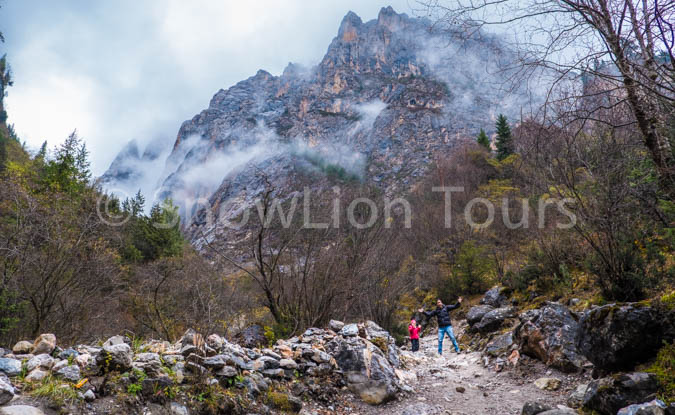
Amdo Tibet Trekking guide
Training for Ups and Downs
Hiking always gets harder when a trail goes from flat to sloped. Whether you’re going up or down, uneven trails put more stress on your muscles and joints–especially your knees. Even steps and switchbacks–installed by trail builders to lesson the elevations change–can cause hikers’ knees to rebel when climbing over the umpteenth rock. Training for ups and downs requires a combination of high-impact leg exercise along with pulse-raising endurance workouts to replicate the terrain you’ll encounter on the trail.
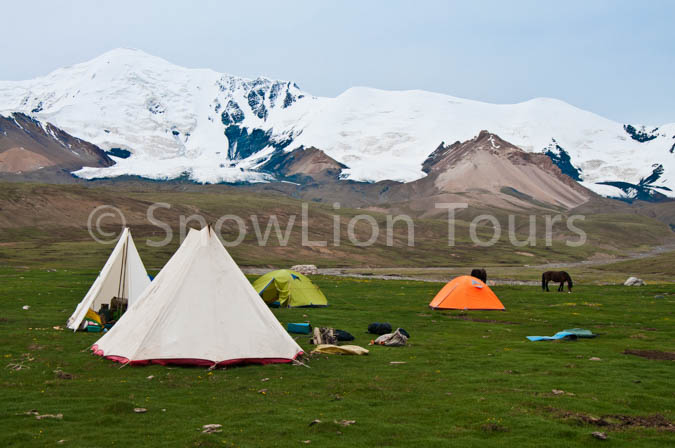
Tibet Trekking Guide
The Least You Need to Know
Before you begin any training regime, see your primary care physician to make sure your body is healthy enough to hike and trek in a relatively high altitude.
To improve your hiking fitness, strengthen the muscles in your legs–including your hamstrings, quadriceps, and gluts, as well as your back.
Do aerobic exercise like running, cycling, or swimming to raise your heart rate into your training zone.
Stretch your muscles consistently during and after every workout run, or hike.
You can enjoy hiking at any ages if you follow the training goals for your age group.
Prehike shakedowns allow you to test your gear and your fitness under realistic trail conditions.
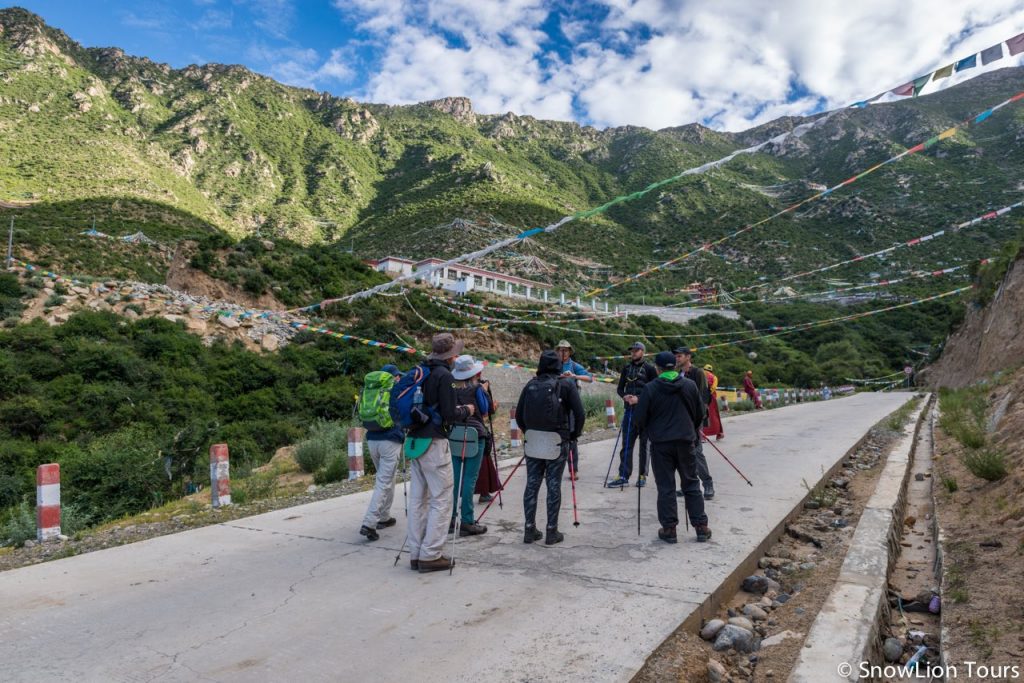
HIking in Tibet
Some of the famous hiking and trekking routes in the Himalayas
| Hiking & Trekking Destination | Altitude | Duration |
| Mount Kailash Trek | 4000m – 5600m | 3 Days |
| Tibet Everest Base Camp Trek | 3900m – 5200m | 4 Days |
| Karta Trek | 3700m – 5200m | 8-12 Days |
| Ganden to Samye Trek | 3000m-4200m | 4 Days |
| Tsurphu to Yangpachen Trek | 3700 – 4100m | 4 Days |
| Mount Amnye Machen Trek | 3800 -4900m | 4 – 8 Dyas |
Tibetan Plateau trekking tour detailed itineraries, please check out here
